Don't believe that Wagging tails are an indicator of mood. You can figure things out by watching his tail, but don't believe it will tell you what he might do next. If his tail is underneath, it shows he's uncomfortable or scared. Straight out behind him means he's feeling at ease. Sitting on it indicates he's in the process of learning.
We are going to teach you through these articles, the "recall" or "come" command, through the installation of a conditioned reflex. Reflexes can be used to teach anything, but we will use them for "recall", or "come".
Dogs can and do learn and UN-learn anything in four properly conducted repeatings. These four repeatings can be carried out in four different places with four different settings. For example when your dog hears a new command, he has no idea what is being asked of him. The second time, he begins to understand. The third time, he completely understands, but dogs being dogs, he is going to resist. This is called a learning plateau.
Learning plateaus require a few moments to sort and file information, not unlike your computer. I get easily frustrated with these computers, because unlike humans and animals, I expect a command to be followed immediately. Commands need to be sorted out to go to memory. Just like when your computer asks, "do you really want to delete this file," your dog does the same. This happens usually on the third request, or instance, of trying to teach or break a behavior.
So, when your labrador thinks about the new behavior, praise (non-physical praise) and patience, are needed because it takes time to learn. Now although your dog may fully understand what you are trying to get him to do now that you've shown him 3 times, this means he's certainly going to try to go against you. His job is to oppose you. So he will need to think things out at this stage and he will need praise, despite what he may be thinking.
You see he's going to think about the idea, then look at you, then the idea and back to you again. So stay with his thinking, and re-enforce it with praise. Non physical praise only.
You simply can't second-guess what he might be thinking. Presume nothing. Allow his choice to dictate what you do next. He's going to continue one last time at having his own way.
There are only two choices he can make. He's either going to do it correctly, for which you'll continue praise, and wait for the forthcoming opportunity to test him out, or, he's going to do it wrong, for which you'll continue to praise until you are sure he got it wrong, for which you'll perform the correct move to re enforce the desired behavior, while continuing to praise, non physical, of course.
Guidance and tips on labrador training by Wendy Nova so your pet behaves the way you want. Can be used on puppy labradors as well as older pets.Here is a video of good labrador training
http://www.puppylabradors.com/

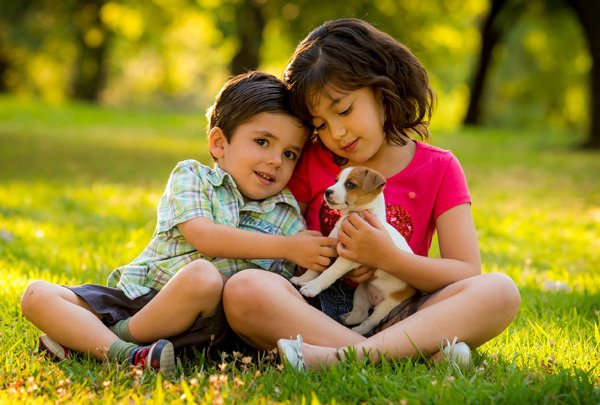 Separation Anxiety in Dogs
Separation Anxiety in Dogs
Separation Anxiety
Separation Anxiety in Dogs
Separation Anxiety in Dogs
Separation Anxiety
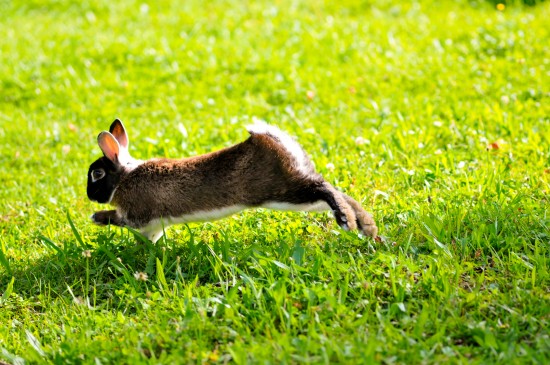 Vertebral Fractures And Paralysis In Rabbits
Vertebral Fractur
Vertebral Fractures And Paralysis In Rabbits
Vertebral Fractur
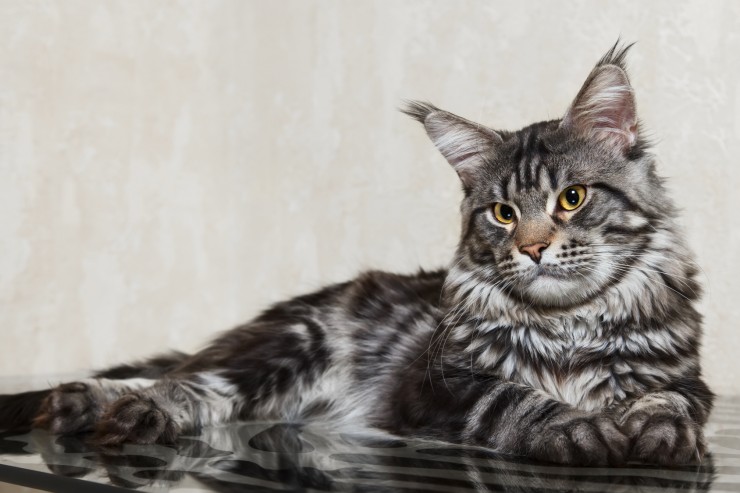 The Difference Between Norwegian Forest And Maine Coon Cats
The Difference Be
The Difference Between Norwegian Forest And Maine Coon Cats
The Difference Be
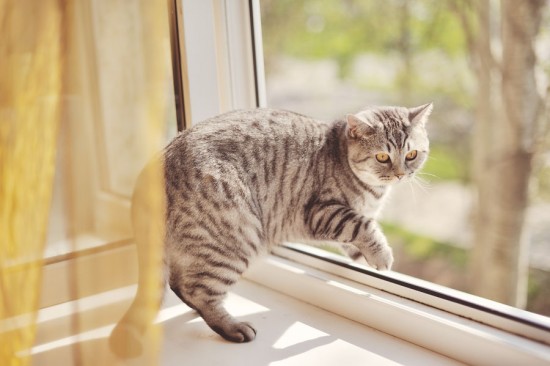 Cats - In Or Out?
Cats - In Or Out?
Cats - In Or Out?
Cats - In Or Out?
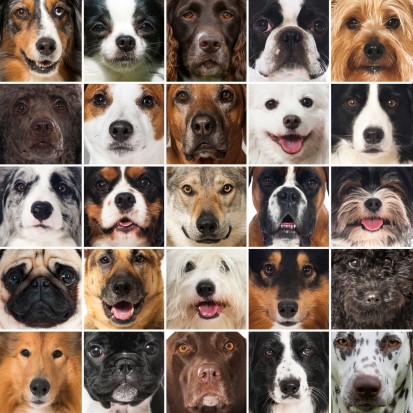 Some Rules To Follow When Narrowing Down Your Search For A New Dog
Some Rules To Fol
Some Rules To Follow When Narrowing Down Your Search For A New Dog
Some Rules To Fol